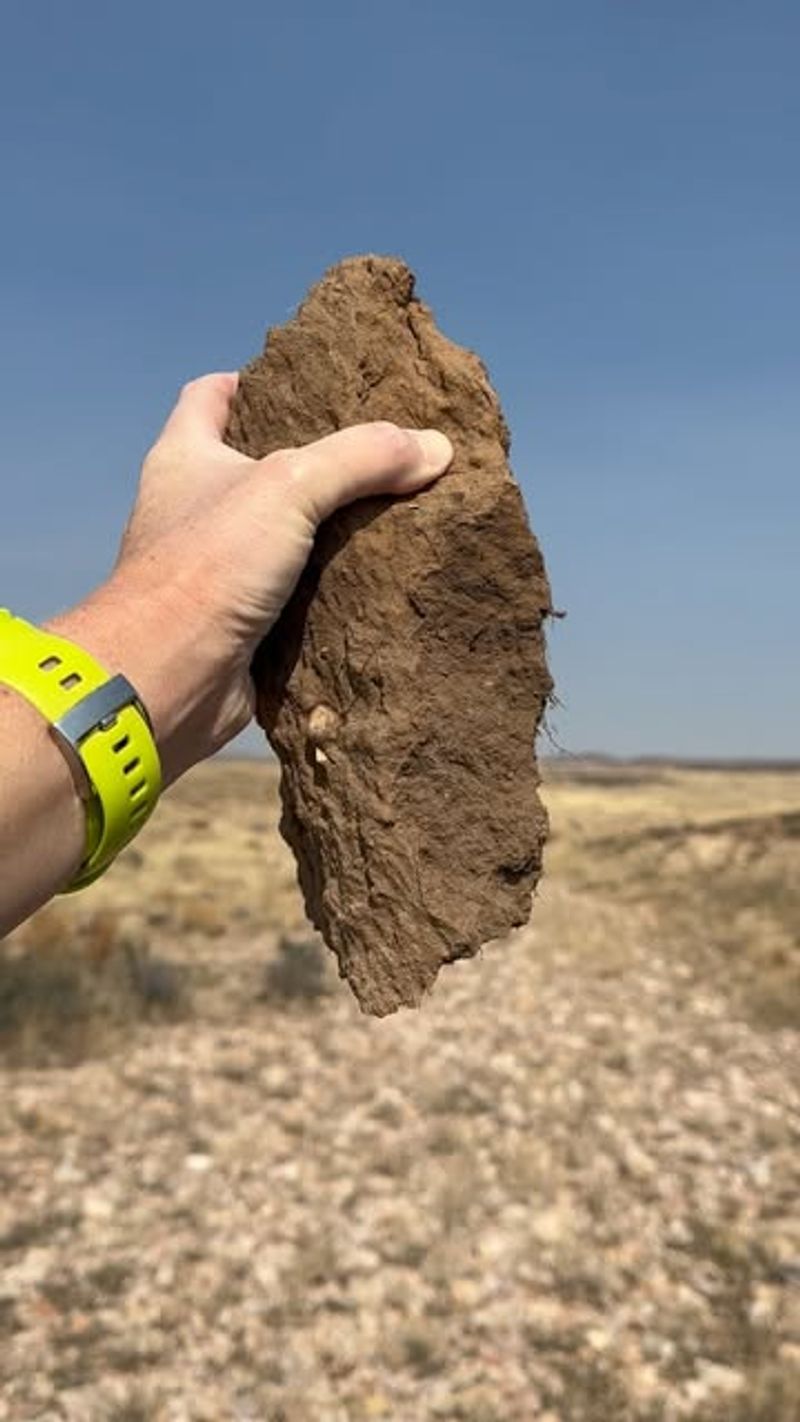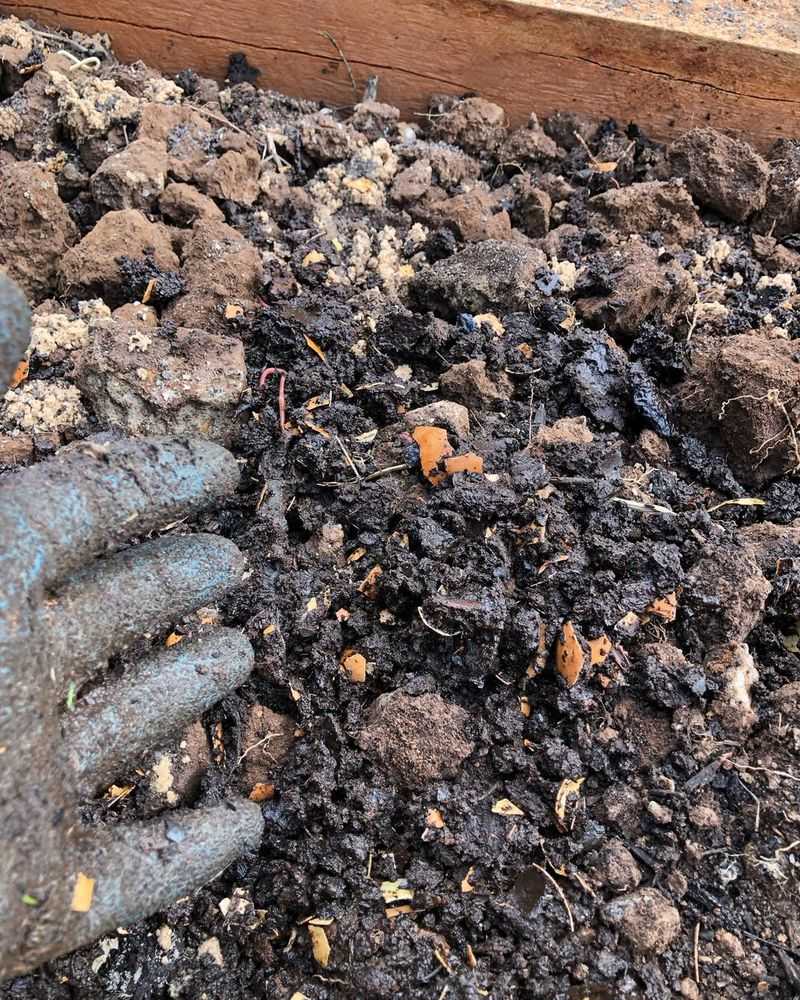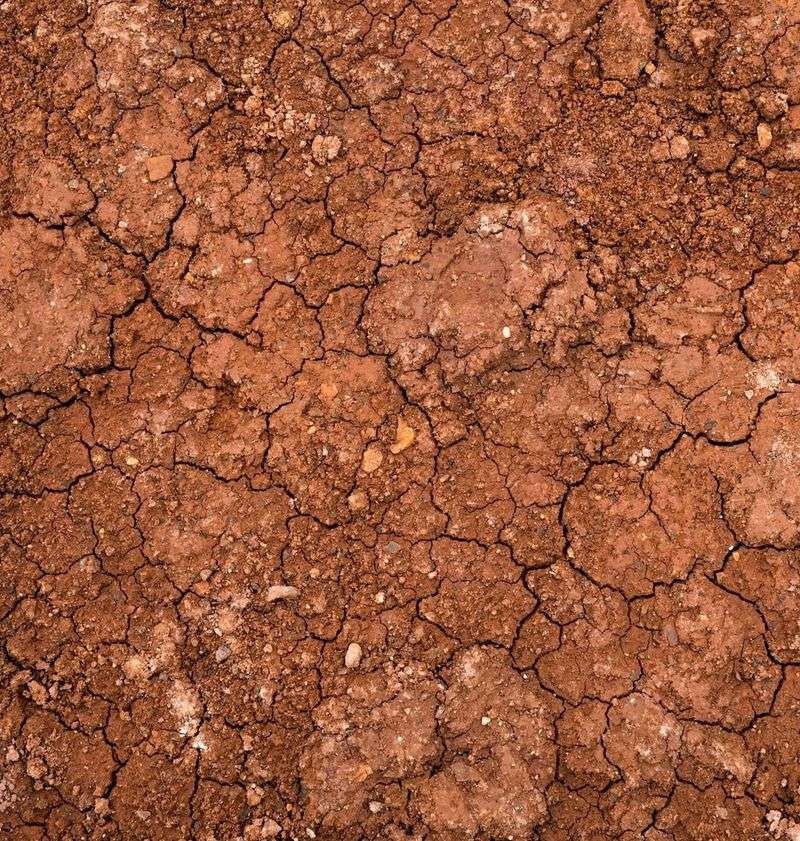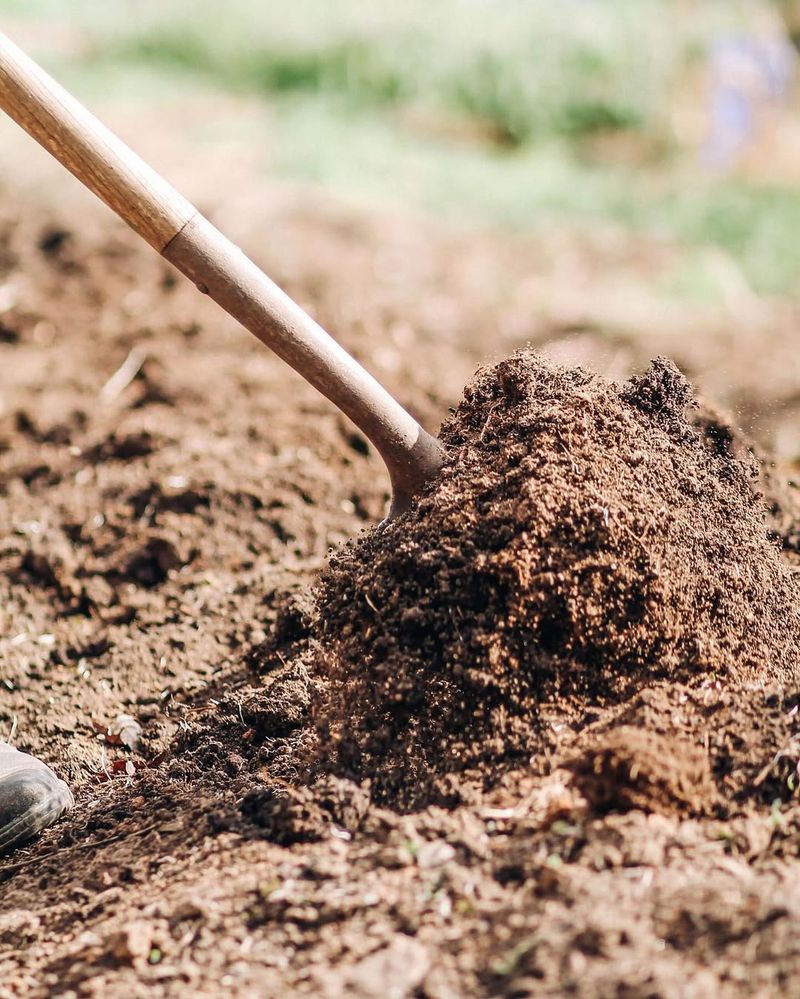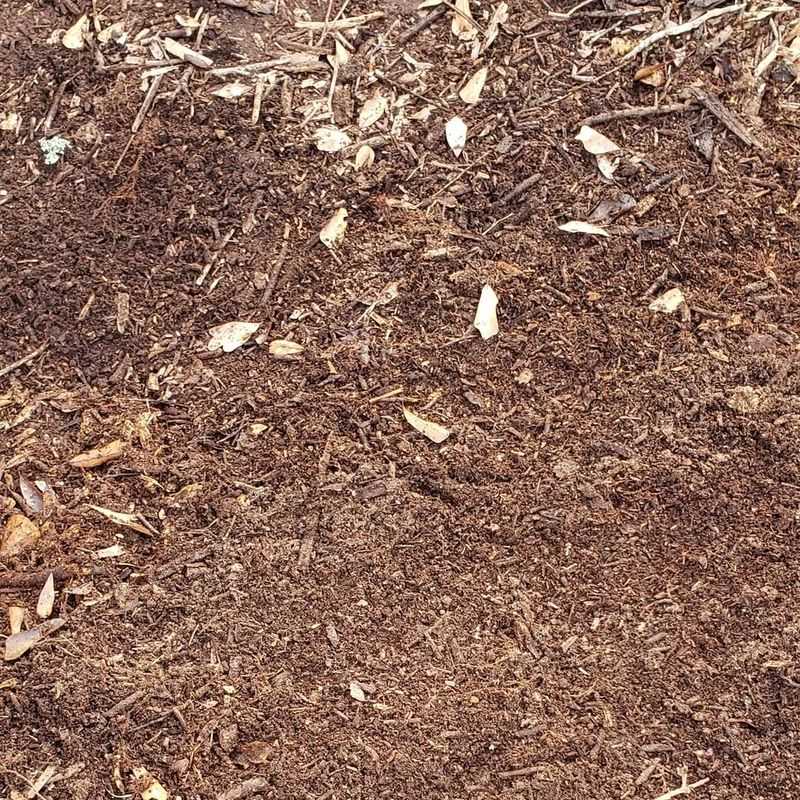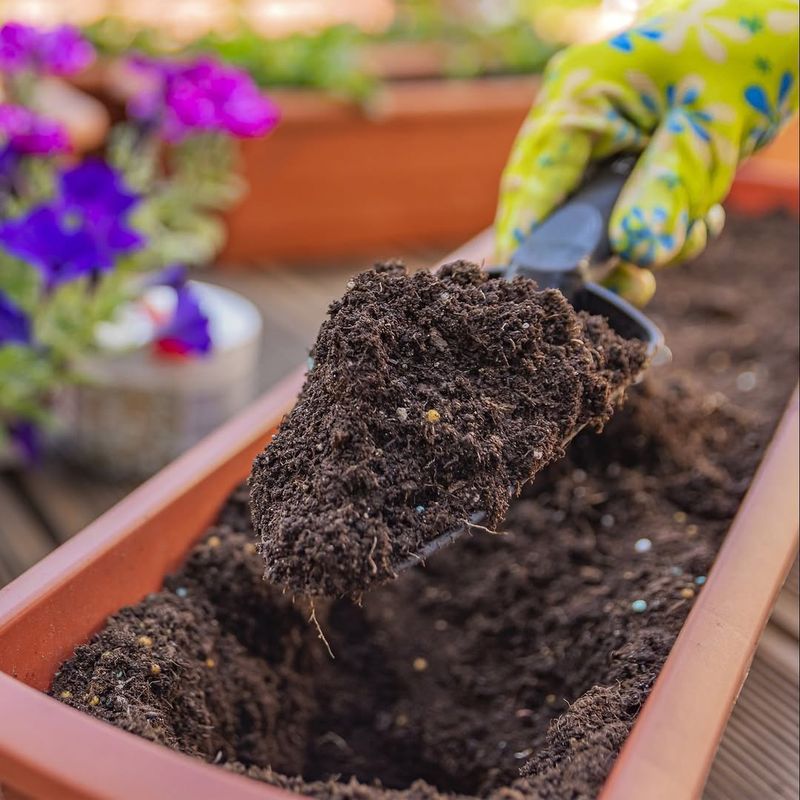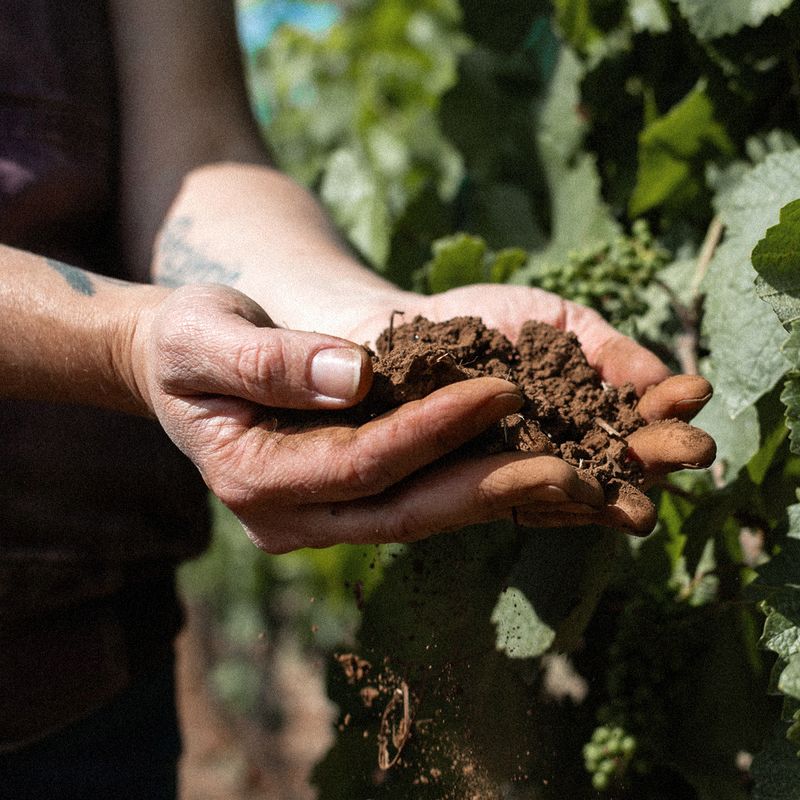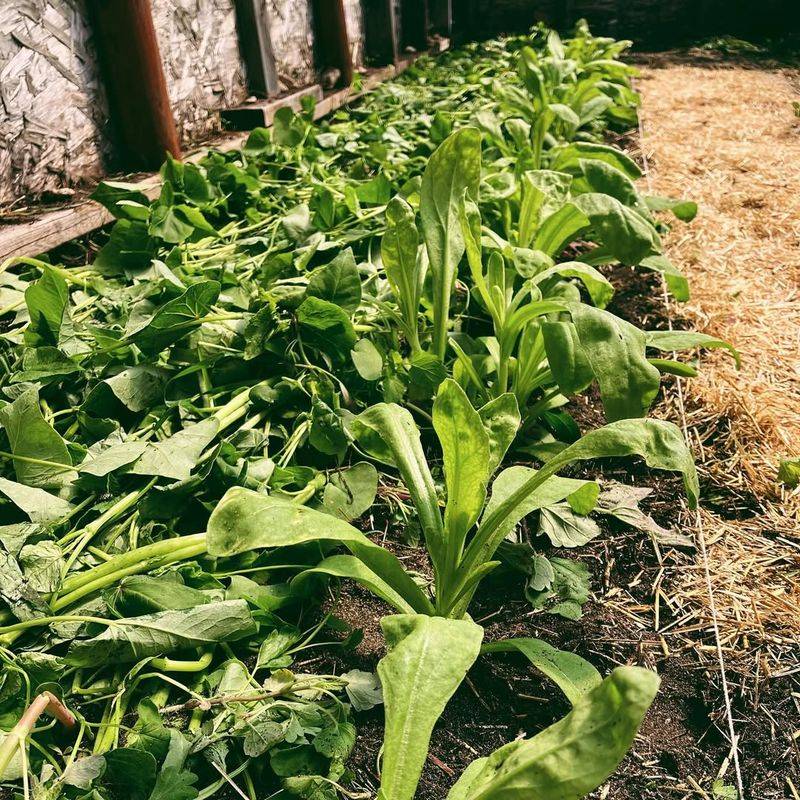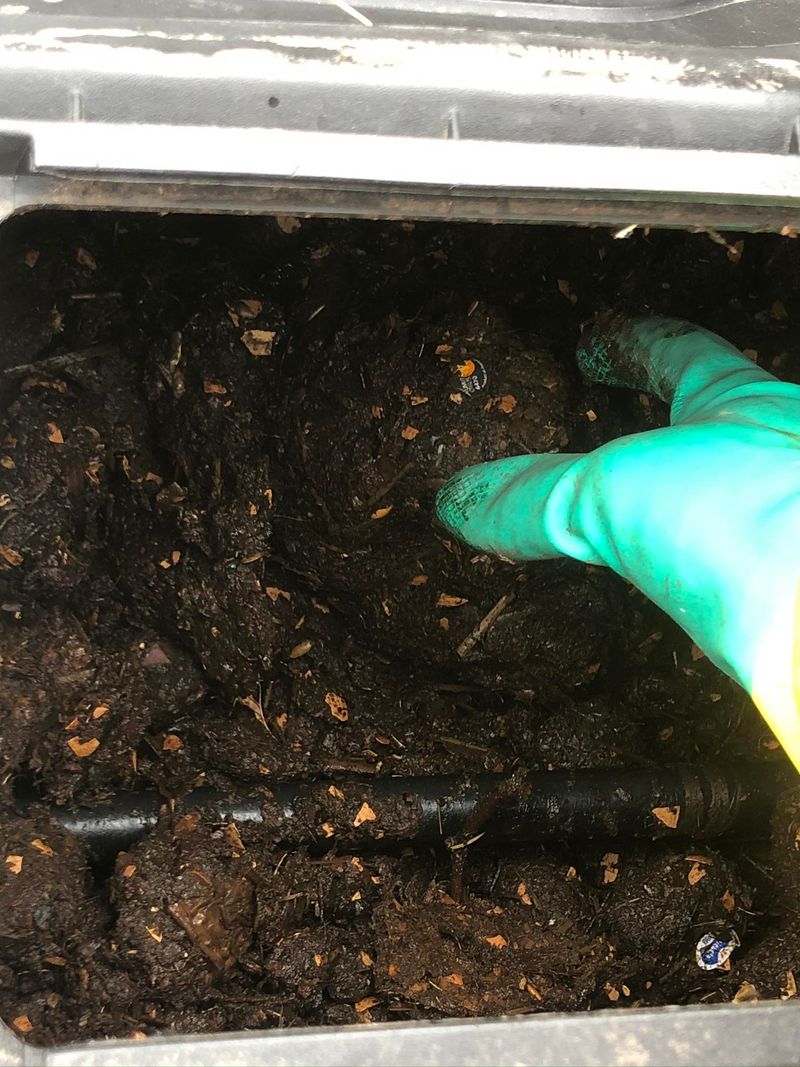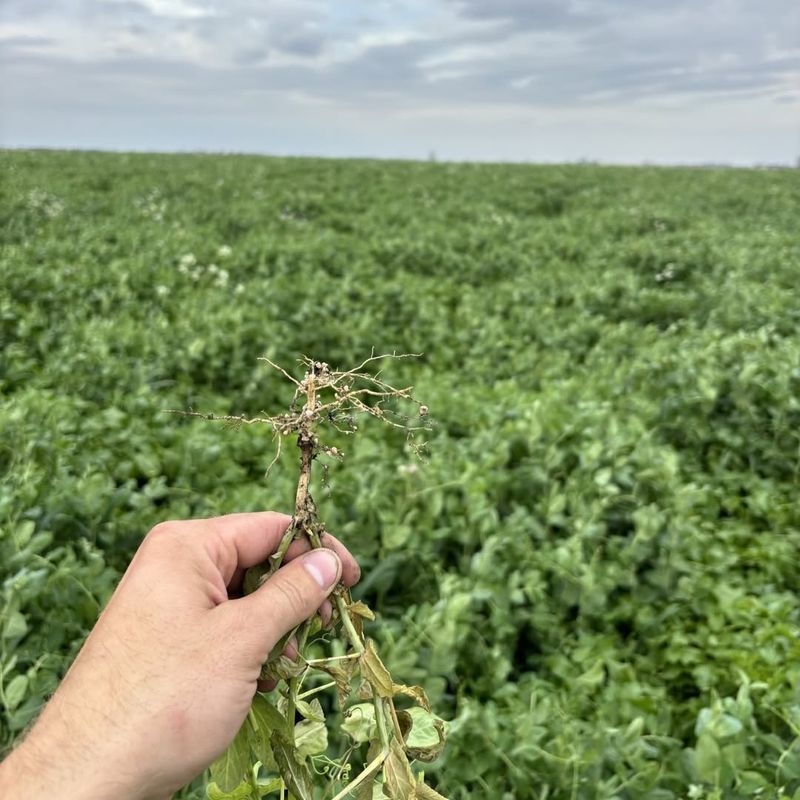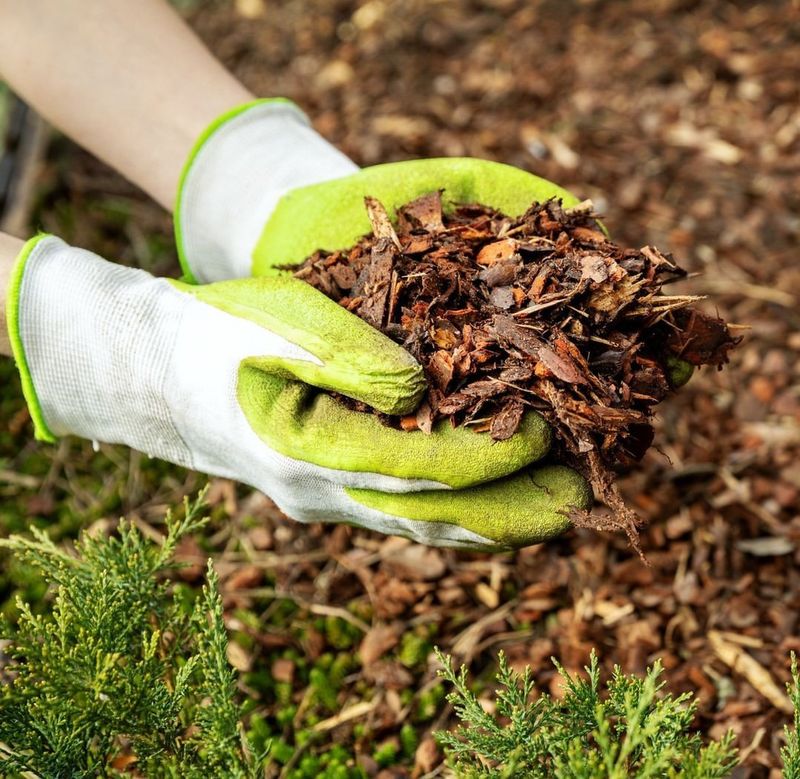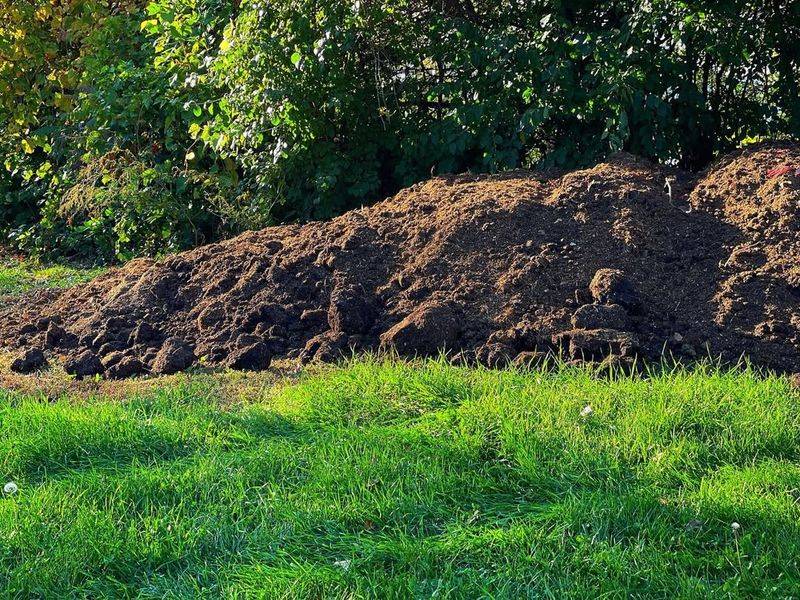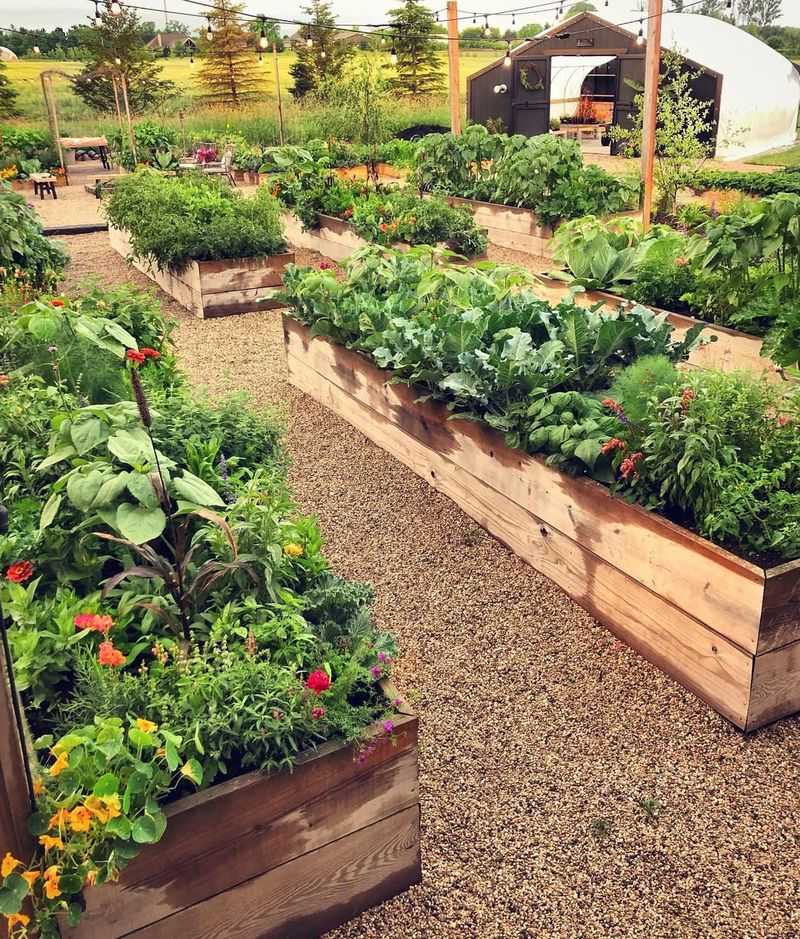When it comes to gardening, your soil isn’t just dirt—it’s the lifeblood of your entire landscape. Whether it’s sticky clay, loose sand, silky silt, or gardener’s gold (hello, loam!), getting to know your soil is like unlocking the secret language of your plants. The good news?
No matter what type you’re working with, you can turn it into a nutrient-rich haven with a few smart tweaks. In this guide, we’ll dig into expert-approved ways to transform lackluster soil into the perfect home for thriving roots and flourishing blooms. Let’s get our hands dirty and give your garden the upgrade it deserves!
1. Why Soil Structure Matters For Plant Health
The architecture of soil plays a crucial role in plant vitality. Roots, searching for nutrients, need a well-structured environment to thrive. Poor structure can impede growth, reducing nutrient uptake and leading to weak plants.
A robust soil structure promotes better drainage and aeration, leading to healthier roots. Moreover, it supports microorganisms that contribute to the soil’s fertility.
By focusing on soil structure, gardeners can optimize root development and boost overall garden productivity. A garden is only as strong as its soil foundation, making structure a top priority.
2. How To Identify Your Soil Type
Knowing your soil type is the first step toward improvement. Begin with a simple jar test: fill a jar with soil and water, shake, then let it settle. Layers reveal the soil components.
The touch test complements this by feeling the soil’s texture; gritty indicates sandy, sticky is clay, and silky is silt. Identifying soil type empowers gardeners to choose suitable amendments.
Each soil type has unique challenges and benefits, so understanding it helps tailor gardening strategies. Once identified, modifications can be made to optimize growth.
3. Common Challenges With Clay Soil
Clay soil is notorious for its complications. Its dense nature leads to poor drainage, causing waterlogging. This makes it difficult for roots to penetrate deeply, limiting plant growth.
Compacted clay restricts airflow, vital for root and microbial health, resulting in stunted plant development. Additionally, walking on clay soil can exacerbate compaction issues. Tackling these challenges requires strategic amendments to improve structure.
While clay can hold nutrients well, its drawbacks demand careful management. Gardeners need to adopt practices that enhance permeability and root expansion.
4. How To Improve Clay Soil For Better Drainage And Root Growth
Amending clay soil transforms it from stubborn to supportive. Start by incorporating organic matter like compost to increase aeration. Gypsum is another effective amendment, breaking down clay particles and improving drainage.
Tilling should be done carefully to avoid further compaction. A well-amended clay soil encourages root growth and enhances nutrient uptake.
Regular maintenance, including adding organic matter, keeps clay soil in optimal condition. With patience and persistence, clay soil can become a fertile foundation for plants.
5. Common Issues With Sandy Soil
Sandy soil presents its own set of challenges. Its rapid drainage means water and nutrients quickly escape, leaving plants thirsty and undernourished.
Frequent watering becomes necessary, but this can wash away essential nutrients. The loose texture, though easy for roots to penetrate, offers little support. This makes it difficult for plants to anchor themselves securely.
Nutrient leaching is another major concern. Addressing sandy soil issues is key to healthy plant growth. Careful management helps retain moisture and improve fertility.
6. How To Improve Sandy Soil For Moisture And Nutrient Retention
Enhancing sandy soil involves boosting its ability to hold water and nutrients. Adding organic matter like compost and biochar is crucial. These amendments improve soil structure, increasing water retention.
Mulching with organic materials reduces evaporation and temperature fluctuations. It also helps prevent nutrient leaching. Over time, these practices create a more fertile environment for plants.
By improving moisture and nutrient retention, sandy soil can support lush growth. A few strategic amendments can transform sandy soil into a productive garden bed.
7. Improving Silty Soil Without Compromising Drainage
Silty soil, although fertile, requires careful handling to maintain its benefits. Adding compost and organic matter enriches this soil type without affecting drainage.
Excessive compaction can obstruct drainage, so gentle tilling is advised. Silty soil’s fine particles make it prone to erosion; hence, mulch application helps stabilize it.
Maintaining a balance between moisture retention and drainage is crucial for plant health. With proper management, silty soil remains a productive medium. Its natural fertility can be optimized with minimal disruption.
8. The Role Of Organic Matter In Any Soil Type
Organic matter is a universal ally in soil improvement. It enhances soil structure, boosting aeration and water retention across all soil types.
Nutrient availability is increased as organic matter breaks down, supporting robust plant growth. It also fosters a thriving microbial ecosystem, essential for healthy soil.
Whether compost, mulch, or green manure, organic matter is key. Regular additions ensure ongoing soil health and productivity. Its benefits are vast and invaluable for gardeners seeking to enhance their soil’s potential.
9. Best Soil Amendments For Each Soil Type
Understanding the best amendments for each soil type is crucial. Clay benefits from additions like compost and gypsum, improving structure and aeration. Sandy soil thrives with peat moss and organic matter, enhancing nutrient retention.
Silty soil responds well to compost, maintaining fertility without compromising drainage. Loamy soil, already balanced, needs only minimal organic matter to sustain health.
Each amendment targets specific soil challenges. Choosing the right amendments transforms problem soils into productive gardens. A tailored approach maximizes growth potential in any soil type.
10. How Cover Crops Help Condition Soil Naturally
Cover crops are a natural way to enhance soil health. Legumes, rye, and clover improve texture, add nutrients, and prevent erosion. They fix nitrogen, a vital nutrient, enriching the soil for future crops.
Cover crops also suppress weeds, reducing competition for resources. Their roots break up compacted soil, improving aeration and drainage.
This natural conditioning supports sustainable gardening practices. By planting cover crops, gardeners can maintain healthy soil with minimal intervention.
11. Mulching Techniques That Improve Soil Texture
Mulching offers multiple benefits for soil improvement. It retains moisture, suppresses weeds, and enhances soil structure. Organic mulches, like bark or straw, decompose slowly, adding nutrients over time.
Inorganic options, such as stones, also protect without enriching. Selecting the right mulch depends on garden needs and desired outcomes.
Mulch application reduces erosion and regulates soil temperature. It’s a simple yet effective way to improve soil texture.
12. Compost Vs. Manure — What’s Better For Your Soil?
Choosing between compost and manure depends on specific soil needs. Compost provides balanced nutrients and improves soil structure without the risk of pathogens.
Manure, rich in nitrogen, accelerates plant growth but requires proper aging to prevent harm. Both have their merits; compost is versatile, while manure is potent.
Compost is often preferred for its ease of use and safety. However, well-composted manure is invaluable for nutrient-hungry plants. Understanding the pros and cons aids in selecting the right option for your garden.
13. Testing And Monitoring Soil After Amendments
Evaluating soil post-amendment is key to understanding its progress. DIY tests assess pH and texture, while lab tests offer detailed nutrient analysis. Regular monitoring reveals improvements and guides future amendments.
Keeping track ensures soil maintains its health and supports plants effectively. Through consistent testing, gardeners learn about their soil’s evolving needs.
This proactive approach enables informed decisions for ongoing soil enhancement. By knowing what works, future interventions become more precise and effective.
14. Seasonal Tips For Maintaining Healthy Soil
Seasonal care keeps soil lively and productive year-round. In summer, mulching conserves moisture and prevents overheating. Fall is ideal for composting and preparing beds for winter. Resting beds in winter rejuvenates soil for spring planting.
These practices align with nature’s cycles, optimizing soil health. A seasonal checklist ensures no step is overlooked. By adapting to the seasons, gardeners maintain vibrant soil ready for every planting.
15. When To Consider Raised Beds Or Soil Replacement
Sometimes, starting fresh is the best option. Raised beds offer control over soil quality and drainage, perfect for persistent soil issues. Soil replacement is drastic but effective for contamination or extreme conditions. These methods provide a reset for struggling gardens.
Raised beds can elevate productivity, overcoming poor native soil. Assessing the severity of issues guides the decision to replace soil or build beds. When traditional methods fail, these solutions offer a clean slate for growth.


